Teres Minor Muscle
What is Teres minor muscle?
The teres minor is a small, narrow muscle located in the posterior (back) part of the shoulder. It is one of the four muscles that make up the rotator cuff, along with the supraspinatus, infraspinatus, and subscapularis muscles. The teres minor originates from the lateral border of the scapula and inserts onto the greater tubercle of the humerus. Its main function is to assist with external rotation and stabilization of the shoulder joint.
The teres minor is innervated by the axillary nerve and receives blood supply from the posterior circumflex humeral artery. Injuries to the teres minor can result in weakness and pain in the shoulder, and can often occur in conjunction with injuries to other rotator cuff muscles.
As the arm moves in various directions, the rotator cuff muscles work together to control and stabilize the humeral head within the glenoid cavity of the shoulder joint. The teres minor muscle’s function is to externally rotate and adduct the arm, just like every other muscle in the group.
Origin of Teres Minor muscle
The upper two-thirds of the scapula’s lateral border.
Insertion
The teres minor muscle originates from the lateral border of the scapula and inserts onto the greater tubercle of the humerus, which is a bony prominence on the upper part of the humerus bone (the long bone in the upper arm). Specifically, the teres minor inserts onto the posterior aspect of the greater tubercle, which is located at the top of the humerus bone, near the shoulder joint. This insertion point allows the teres minor to work together with the other muscles of the rotator cuff to externally rotate and stabilize the shoulder joint.
Relations
The teres minor is squeezed between the trapezius and deltoid muscles, located superficially to the long head of the triceps brachii. The deltoid covers its superolateral aspect, while the trapezius partially covers its medial surface. Teres major is located below the muscle, while infraspinatus is higher up. The tendon of the teres minor blends with the glenohumeral joint capsule as it crosses the shoulder joint, in this case with its inferoposterior surface, just like the tendons of the supraspinatus, infraspinatus, subscapularis, and long head of the triceps brachii. This connection gives support and mechanical help to the joint.
The two intermuscular spaces of the axilla are bordered by the teres minor muscle;
The shoulder joint is below a quadrangular space. It is limited superiorly by teres minor, poorly by teres major, medially by the long top of the rear arm muscles, and along the side by the humeral shaft. From the anterior to posterior regions of the shoulder, this space serves as a route for the axillary nerve and posterior circumflex humeral artery.
Three-sided space is found medially to the quadrangular space. Teres minor limits it superiorly, while teres major and long head of rear arm muscles structure its inferior and sidelong boundaries, separately. The circumflex scapular artery travels through this area.
Innervation
The deltoid muscle and the teres minor muscle share their innervation; This is supplied by the axillary nerve (C5, C6), which originates from the brachial plexus’s posterior cord.
Blood supply
Blood supply to teres minor arrives from the circumflex scapular artery and posterior circumflex humeral artery. The former originates from the axillary artery, while the latter is a branch of the subscapular artery.
Function of Teres Minor muscle
The muscles in the rotator cuff form a functional musculotendinous unit that both stabilizes and moves the shoulder joint. The centralization of the humerus’s head within the glenoid cavity is the primary function of this entire muscular apparatus, which allows for a wide range of arm motion.
A cuff is made up of the four muscles that are securely attached to the joint. Each muscle has its pulling axis, resulting in a precise motion (prime mover) on its own and a concavity compression when combined. This is a balancing out component where the pressure of the humerus into the concavity of the glenoid fossa forestalls its disengagement by interpreting powers. The humerus is prevented from dislocating posteriorly by the teres minor, which provides support from the posterior aspect of the joint.
When it comes to movements, teres minor externally (laterally) rotates the arm when it is in the anatomical position. At the point when the arm is raised, teres minor can have different capabilities;
Arm adduction: Teres minor raises the arm out of its abducted position when it works with Teres major, latissimus dorsi, and pectoralis major. This action helps make overhead movements of the upper limbs, like throwing and pulling, easier.
Arm external rotation: Along with the infraspinatus, teres minor pulls the more noteworthy tubercle posteriorly, making the arm turn externally (horizontally). This activity assists the shoulder and simultaneously loads the force in the preload period of overhead motion (for example tossing). Teres minor contracts eccentrically to smooth the upper extremity’s free fall following the overhead exercise.
Teres minor muscle stretching
Begin standing or sitting tall. With your elbow pointed out, place your left hand in the middle of your back.
Grab onto your left bicep or elbow with your right hand as you reach across your front.
Pull forward slowly.
Continue on the opposite side after holding for at least 30 seconds.

Sleeper stretch
This exercise targets the shoulder external rotators and is used to stretch into internal rotation. For additional support, lie on your side and bend your top leg in front of you. Your elbow will be bent 90 degrees and your bottom arm will be at shoulder level. Use the other hand to gently pull the arm into the internal rotation while keeping it planted. Hold for 3-5 breaths and ease off of the stretch gradually.

Teres minor muscle strengthening exercise
Isometric shoulder extension
An effort-based isometric contraction exercise involves using a wall. Stand with your back to a wall and your elbows straight. By gradually increasing your strength, press backward into the wall for three seconds with your palms facing the wall. After 5-7 seconds of maintaining your maximum tolerable contraction, gradually reduce your strength until you are at rest (again for a count of three seconds).
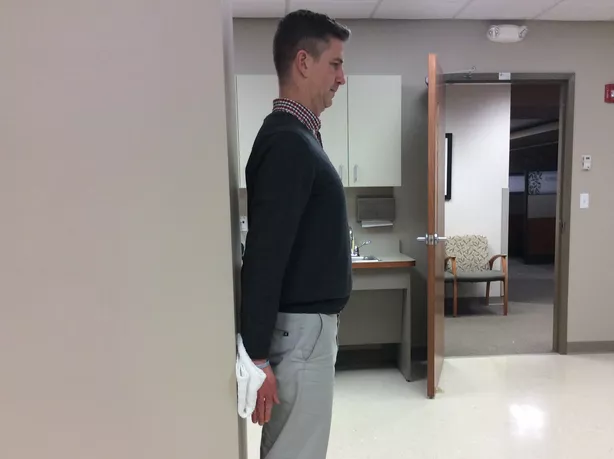
Dowel shoulder external rotation
A dowel is used in this shoulder external rotation mobility exercise. Standing or seated, this can be done. Utilize both hands to hold a dowel. Push the target hand into a shoulder external rotation that can be tolerated with the healthy arm. Get back to the beginning situation in the wake of holding the end range for as long as ten seconds.
Prone w-rotation
This exercise aims to strengthen the shoulder external rotators at the end of the range of motion. Begin by lying on your back with one arm outstretched to about 90 degrees. To help your neck relax during this exercise, use one of your forearms to cushion your forehead. Hold the thumbs-up position while rotating your arm toward the ceiling and pinning the elbow to the floor. Hold the end range for as long as 7 seconds.
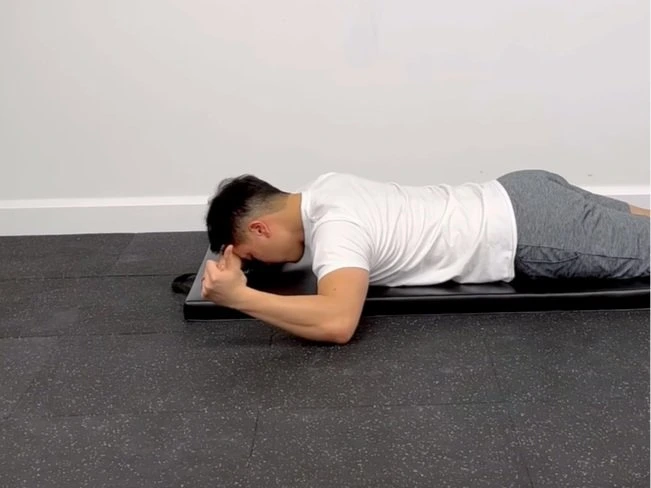
Isometric external rotation
Utilizing a wall, this is a work-based isometric compression workout. Stand directly next to a wall with your elbow bent 90 degrees. Keep your elbow straight and just below your shoulder. Over three seconds, gradually increase your strength by pressing outward into the wall with your thumb up. After 5-7 seconds of maintaining your maximum tolerable contraction, gradually reduce your strength until you are at rest (again for a count of three seconds).
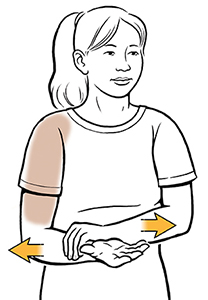
Cactus rotations
This is a strengthening activity for shoulder external rotation. Crease a band over your feet and hold two hands, raise your elbows to bear level, and turn your hands backward.
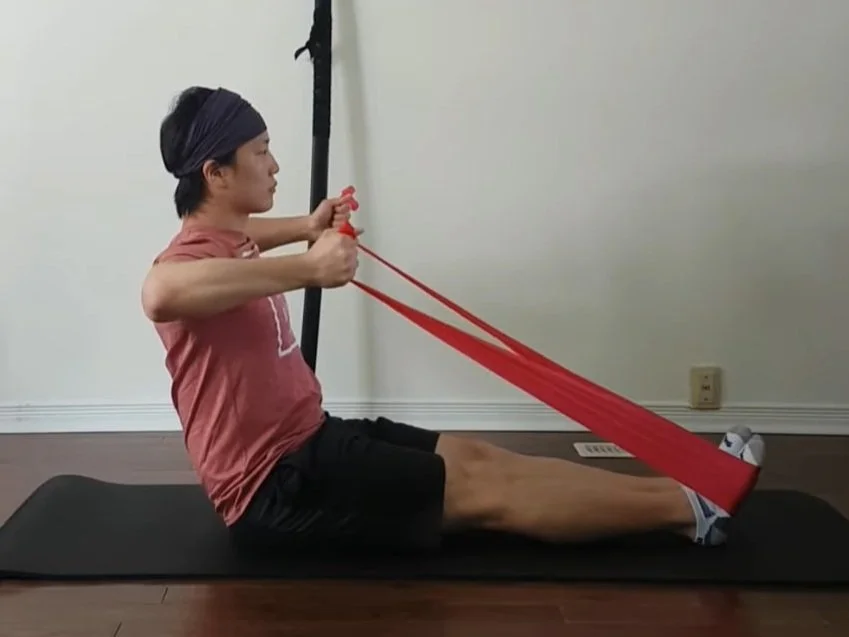
Front band pull shoulder rotations
This is a warm-up activity for shoulder mobility. Circle one end of a light-strength band around the upper arm near the armpit by joining it to a steady object in front of you. Rotate your arm all over to the extent that is comfortable while raising it to 90 degrees abduction.
Shoulder rocket
This mobility exercise for the shoulders aims to improve dynamic stability in external rotation. Support the head with one of your forearms while lying on your stomach. With your fist resting flat on the floor, place the other hand next to you. Externally rotate the shoulder after you have raised the elbow as high as you can. Reach overhead slowly and reverse the motion to go back to where you started.
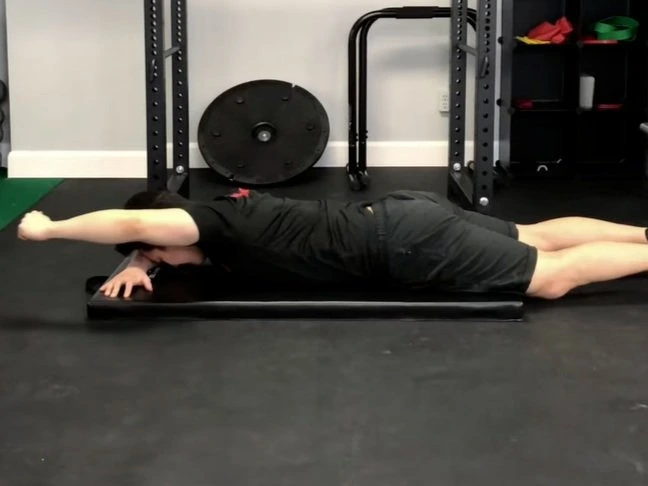
Bent over w raise
This is a shoulder and upper back boosting activity. Holding a neutral spine, maintain a gentle knee bend and hinge forward at the hips until your hands are roughly knee height. Lift the weight outward and above shoulder height while bending your elbows. For maximum muscle contraction, use very little to no momentum.
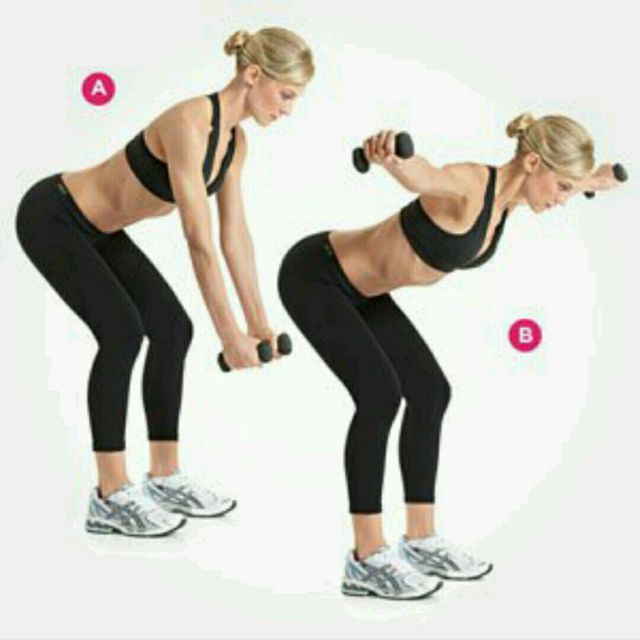
Eccentric shoulder external rotation
During this exercise, a band provides resistance to the rotator cuff muscles. While holding the band with your palms facing upward, keep your elbows tucked just below your shoulder. As much external arm rotation as you can handle, slowly return to the starting position over 5-7 seconds.
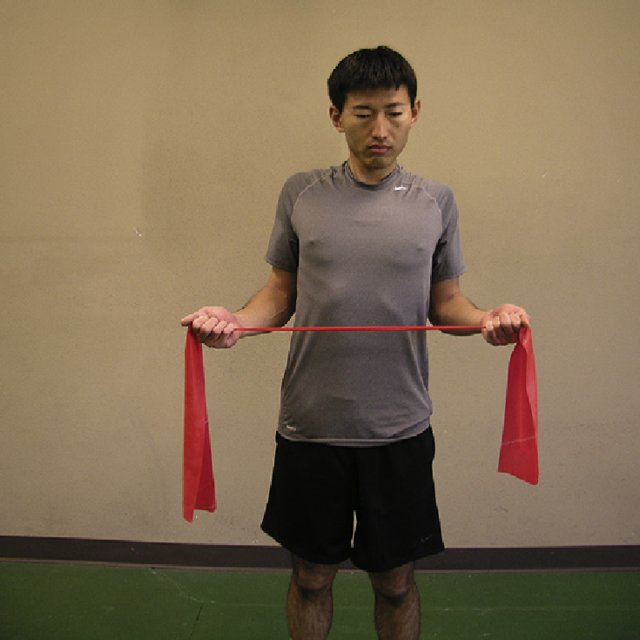
Seated shoulder external rotation
This shoulder exercise focuses on the shoulder’s external rotators. As you sit on a bench to raise your knee, place one foot on the bench and use that foot to support your elbow. Begin with your lower arm lined up with the ground and a 90-degree elbow twisted. Turn your shoulders gradually descending until your lower arm is essentially lined up with the floor or as close as you can easily deal with. Rotate slowly back up, and if necessary, repeat.

Side-lying external rotations
The external rotators of the shoulder, which are responsible for strengthening the rotator cuff, are the focus of this exercise. While lying on your side, utilize your top arm to hold a hand weight. Keep the elbow wrapped up on your body and raise the load into the most outward rotation (inside normal limits). The process of gradually lowering the weight until it is in front of your belly should be repeated.
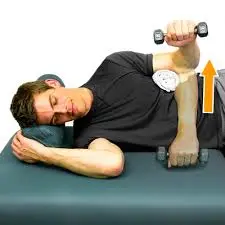
Prone shoulder external rotations
This is a shoulder outside rotation mobility workout. This exercise can help you feel more comfortable performing barbell squats because it allows you to comfortably tuck your arms below the bar. Hold for 5-7 seconds while pivoting your hand as high as conceivable toward the roof while keeping your elbow stuck to the floor. Your elbow’s position can change depending on your goals; for low-bar squats, for instance, it will be lower than for high-bar squats.
Clinical Significance
The teres minor muscle, like the other muscles of the rotator cuff, can be subject to various injuries and pathologies that can affect its function and cause pain and discomfort in the shoulder. Some of the clinical significances of the teres minor muscle include:
Rotator cuff tears: The teres minor muscle, along with the other rotator cuff muscles, can be subject to tears or strains, especially in athletes who perform repetitive overhead motions.
Shoulder impingement: Impingement syndrome is a condition where the rotator cuff muscles, including the teres minor, become compressed between the shoulder blade and the humerus bone, causing pain and limited range of motion.
Frozen shoulder: Frozen shoulder, or adhesive capsulitis, is a condition where the shoulder joint becomes stiff and painful, often due to inflammation and scar tissue formation around the rotator cuff muscles, including the teres minor.
Shoulder instability: The teres minor muscle plays a role in stabilizing the shoulder joint, so injuries or pathologies that affect this muscle can contribute to shoulder instability, where the shoulder joint feels loose or unstable.
Neural damage: The teres minor muscle is innervated by the axillary nerve, so nerve damage to this area can result in weakness or paralysis of the muscle, leading to impaired shoulder function.
FAQ
What shape is the teres minor muscle?
Teres minor is one of four muscles that involve what’s known as the rotator cuff. It has an elongated, narrow shape and may occasionally fuse with the infraspinatus.
How can you locate Teres Minor?
Minor Teres Muscle: Palpation: Reach under your armpit and feel the lateral edge of your shoulder blade to locate the teres minor. Place your fingers on the border’s upper third. After that, turn your shoulder inward. Doing so causes a small muscle to contract, which you can feel.
Which muscle is opposed to teres minor?
The teres minor: agonistic: latissimus dorsi, anterior deltoid, lower trapezius, pectoralis minor, pectoralis major,posterior deltoid, rhomboid major, infraspinatus,supraspinatus, rhomboid minor, upper trapezius. antagonistic: levator scapulae, middle deltoid, middle trapezius, and anterior serratus.
What causes this minor discomfort?
This muscle suffers a lot of injuries in sports that require a lot of rotation of the shoulder. The rotator cuff muscles are put under a lot of stress when bowling, kayaking, swimming, and pitching in baseball. This stress can cause the muscles to tear or get hurt in other ways.
Is teres minor in front or back?
The upper two-thirds of Teres minor is formed by two fascial sheets and the back surface of the scapular border near the armpit. One typically isolates it from the infraspinatus muscle, the other from the teres significant muscle. The shoulder joint is reached by diagonal fibers running up and out of it.

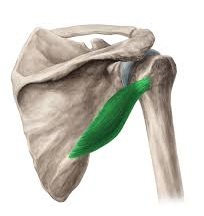

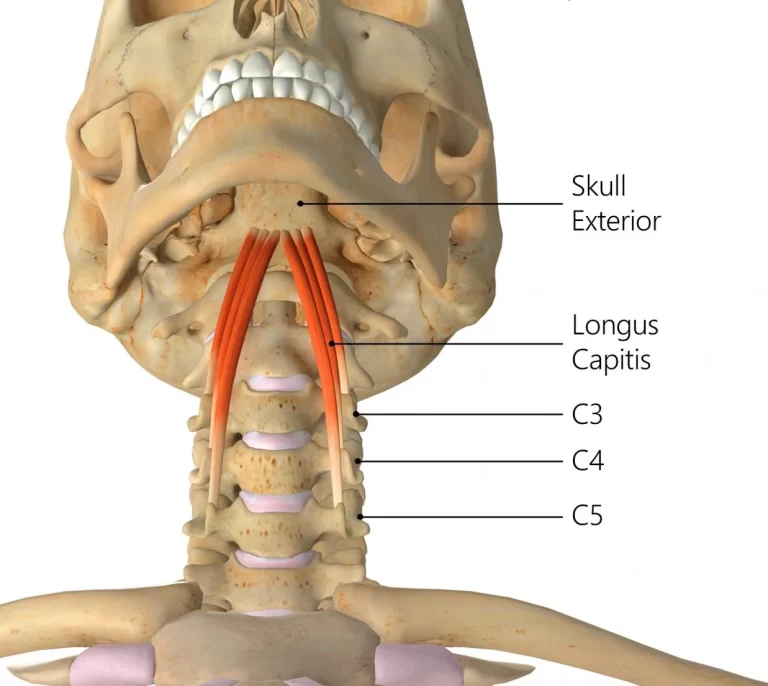
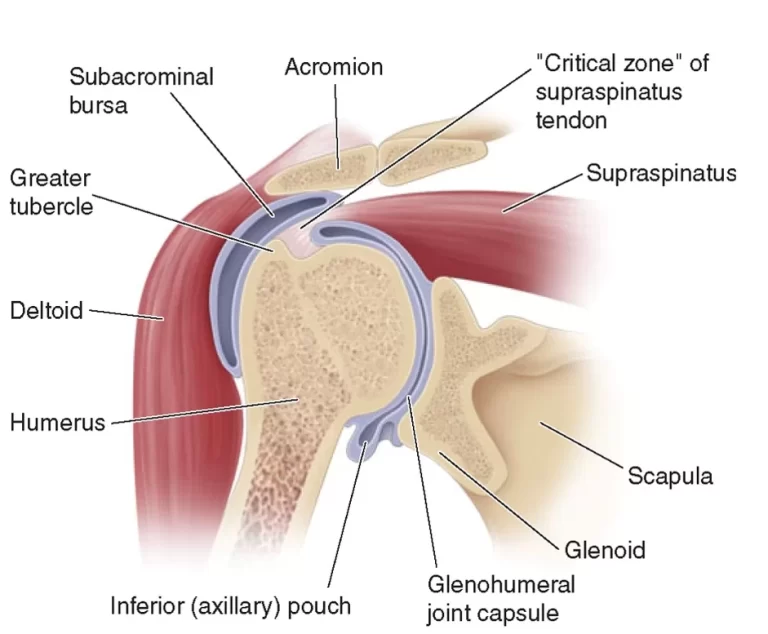
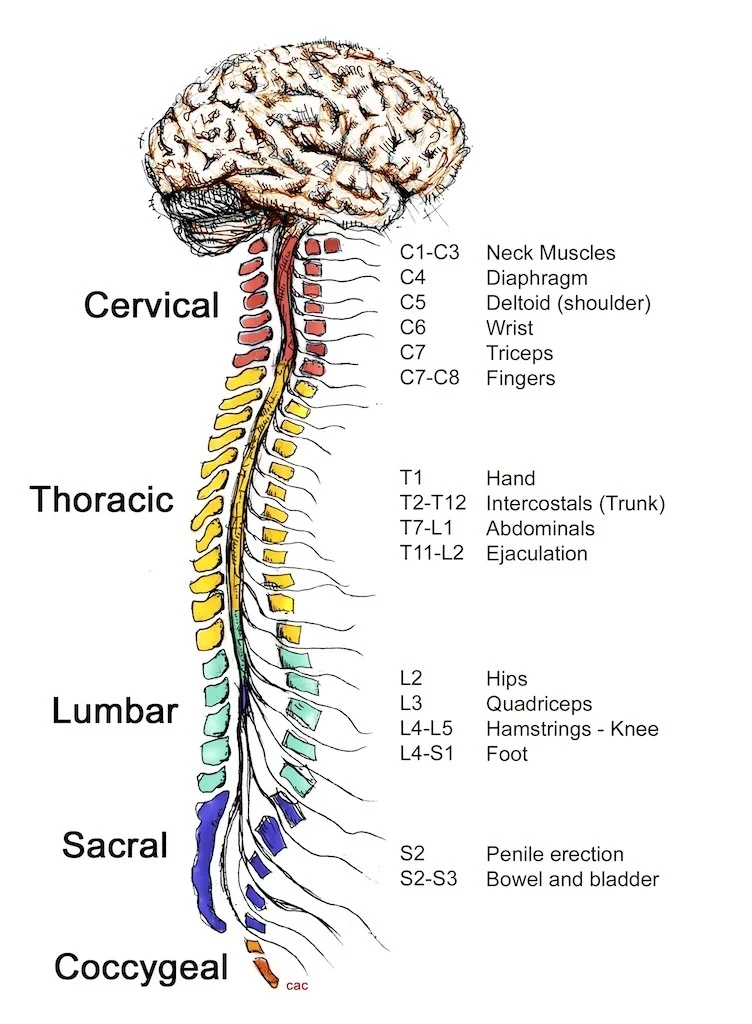
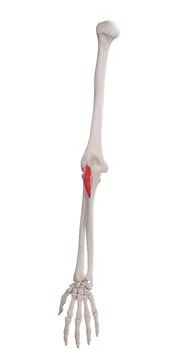
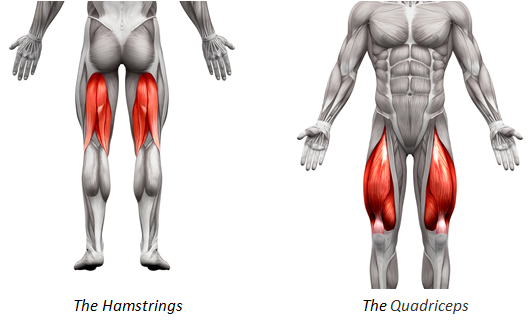
4 Comments